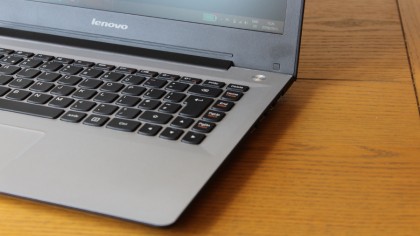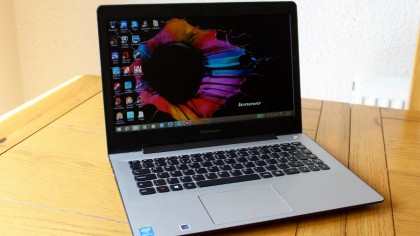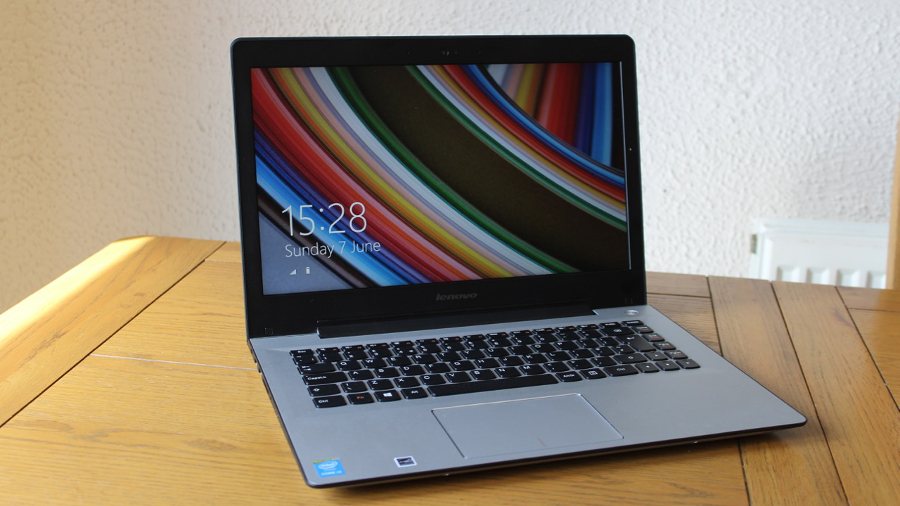Why you can trust TechRadar
Intel's Core i3 processors use the same pipeline for number crunching as the Core i5 and Core i7 processors. The real differences between the three products are in core count, clock speed and L2 cache.
With a 2.1GHz Core i3, demanding benchmarking software is likely to throw out numbers that show a clear difference between the U41 and higher-end laptops with quad-core processors and a discrete GPU. It's obviously important to look at how the U41 performs compared with other laptops in its price range, rather than against workstations with quad-core chips that cost three times as much.

Benchmarks
- 3DMark: Fire Strike: 605; Sky Diver: 2477; Cloud Gate: 4351; Ice Storm: 42878
- Cinebench: CPU: 217 points; Graphics: 23.74 fps
- PCMark 8 (Home Test): 2235
- PCMark 8 Battery Life: 2 hrs 55 mins
These results indicate reasonably nippy CPU performance for general use. You won't find the U41 holds you back in most basic computing tasks, or even light Photoshop use.
And the 3DMark scores aren't too shoddy either, for an integrated GPU. It goes some way to proving that even on a mid-range mobile chip, Intel makes good strides with performance.
Battery life is a slight area of concern, since a result under three hours isn't great, especially given the fact that with a three-cell battery Lenovo claims 6 hours in MobileMark 2012 on its website.
PCMark 8 is slightly more demanding than an average light-use scenario though, which could account for some lower scores.

We tested the display with a Spyder4 Elite colorimeter to measure its accuracy and brightness. The Spyder4 Elite measured 62% sRGB and 47% Adobe coverage, with a maximum brightness of 182 nits and a contrast ratio of 90:1.
All these scores are fairly bad, at least when compared to the displays on many other laptops, and dedicated PC monitors. This confirms the fact that the U41's display is its Achilles heel, but from just a cursory glance, it's fairly obvious that the display lacks eye-popping brightness or deep contrast.
